Beyond Blue: Когда деним стал цветным? Плюс объяснение выцветания, различий и материалов

Расчетное время чтения: ~7 минут
Beyond Blue: Раскрываем секреты цвета, выцветания и ткани денима
Деним, особенно классические синие джинсы, являются всемирной иконой. Но мир денима богат и разнообразен, охватывая такие цвета, как Черный деним, различные стирки и различные типы тканей. Давайте рассмотрим некоторые распространенные вопросы о джинсах:
С каких пор джинсовая ткань может быть окрашена в какой-либо другой цвет, кроме синего?
Пока индиго-синий является синонимом традиционного деним, ткань не всегда ограничивалась этим единственным оттенком. Расширение за пределы синего началось на удивление рано:
-
Начало 20 века: Под влиянием потребностей в спецодежде производители начали выпускать деним в таких цветах, как хаки и коричневый (часто называемый «утиным холстом» или похожим, но по структуре похожий на деним) для определенных видов деятельности или военного использования, где синий цвет не был идеальным.
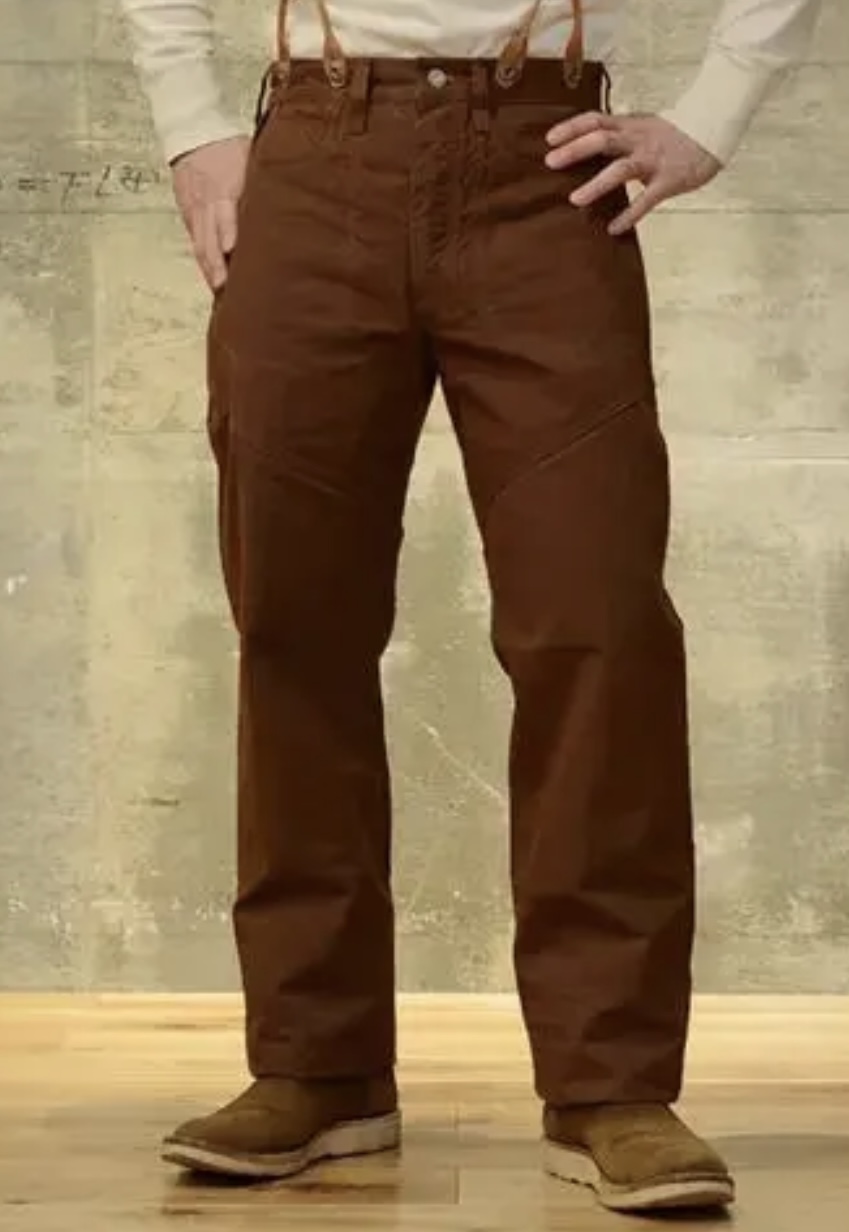
рабочая одежда из денима
-
После Второй мировой войны (1950-е годы): В эту эпоху произошел значительный сдвиг. Молодежная культура восприняла джинсы как моду, а не просто рабочую одежду. Черный деним резко возросла популярность, на которую сильное влияние оказали бунтарские стили в кино и музыке (вспомните Марлона Брандо, Джеймса Дина, а позже и рок-н-ролл). Красители на основе серы сделали получение однородного черного и других цветов, таких как серый, более осуществимым.

Мода-джинсы
-
1970-е годы и далее: The панк-рок движение еще больше закрепилось Черный деним как основной продукт. Модельеры все чаще экспериментировали с цветными деним, что приводит к более широкой палитре, включающей красный, зеленый, фиолетовый и другие цвета.
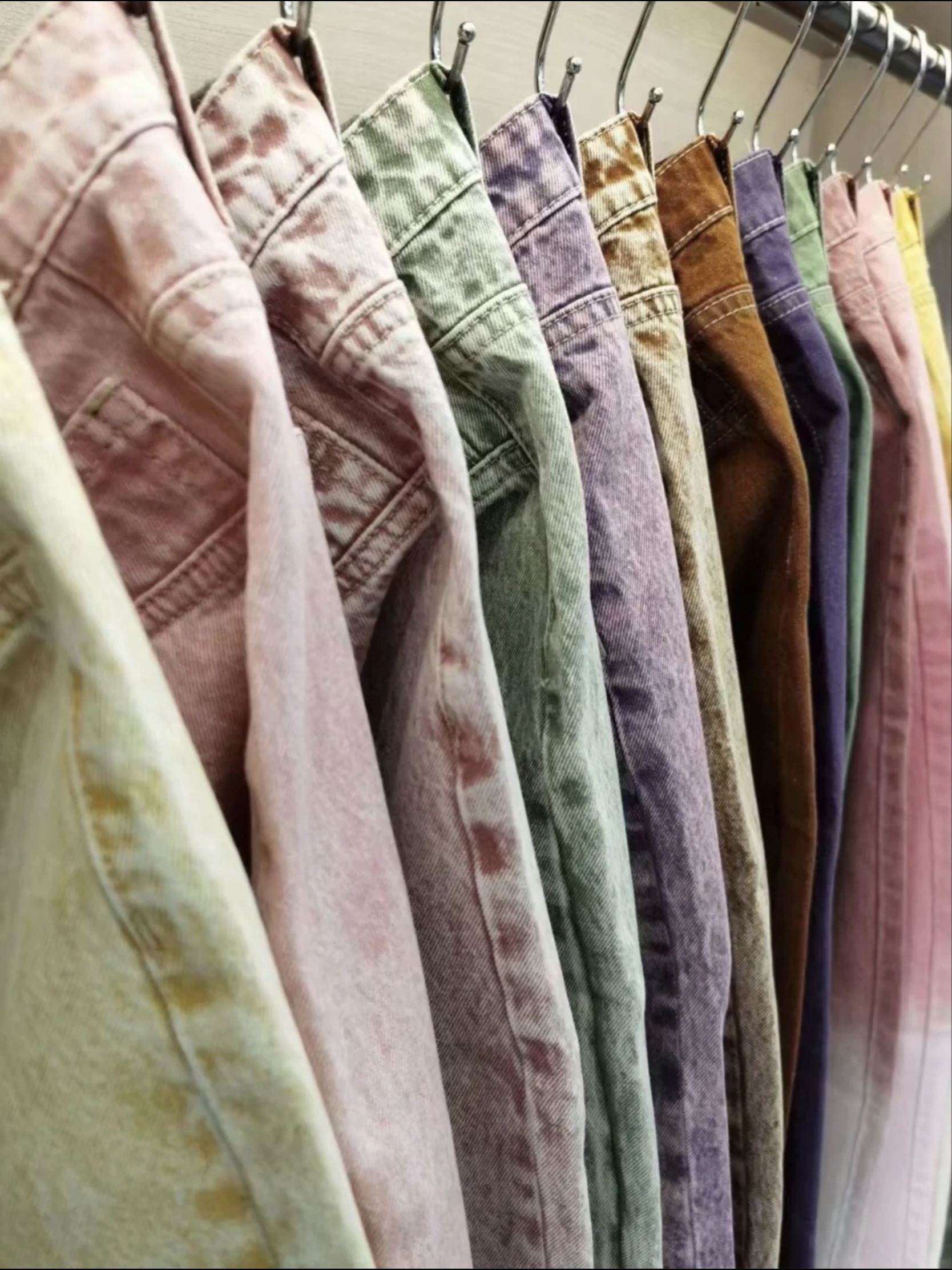
цветной деним
-
Современная эпоха: Сегодня, не-синий деним, особенно Черный деним, распространен повсеместно. Современные методы окрашивания позволяют получить практически безграничный спектр цветов, текстур и отделок.
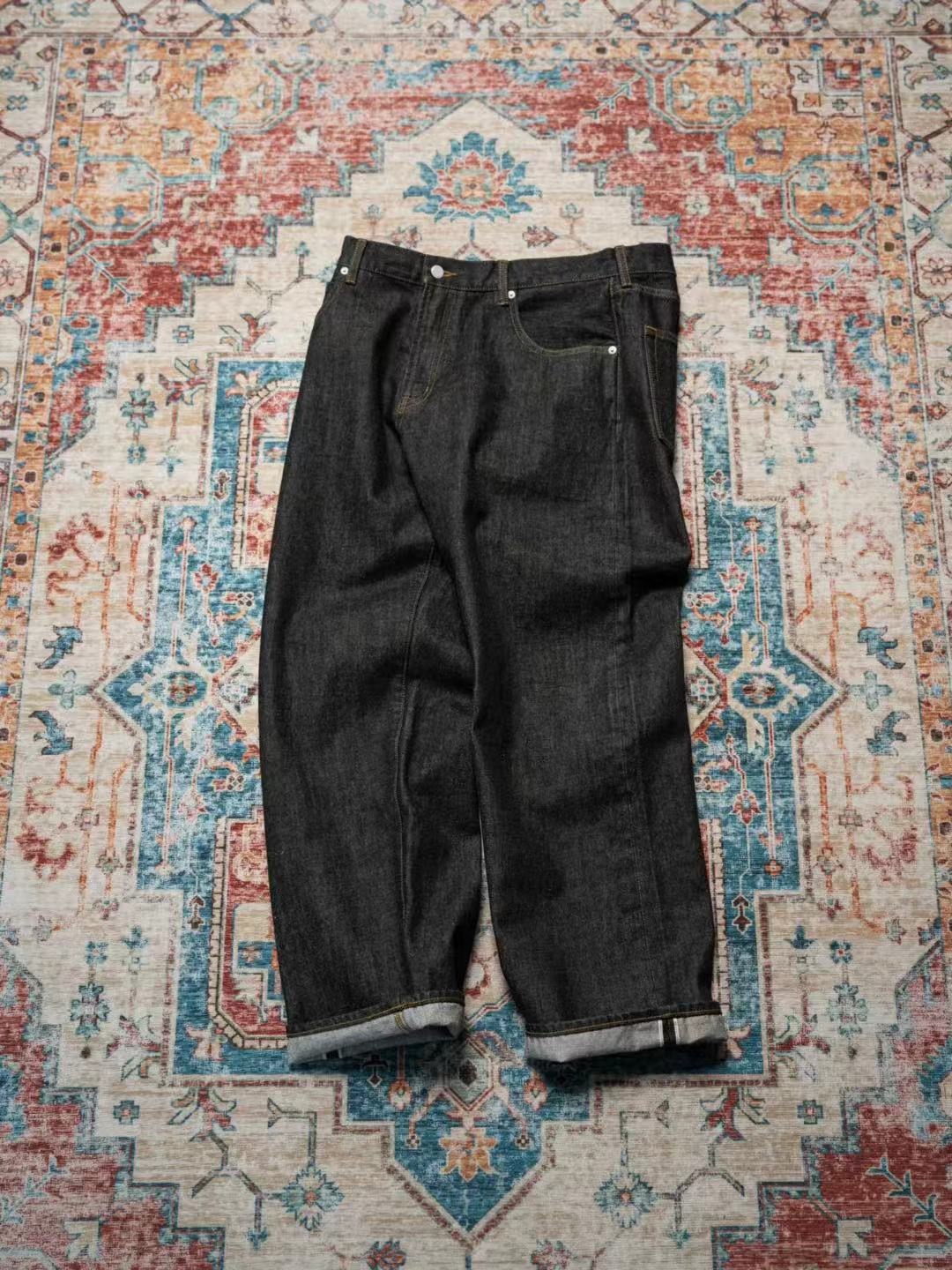
Черный деним
Итак, пока синий остается королем, цветной деним, особенно Черный деним, уже более полувека играет важную роль в джинсовой индустрии.
Выцветает ли предварительно выстиранный деним так же, как необработанный?
Короткий ответ: нет, не таким же образом и не в такой же степени.
-
Необработанный деним (сухой/нестираный): Это деним в его чистейшем, необработанном состоянии после окрашивания и плетения. Он жесткий и темный. Его определяющая характеристика в том, что он со временем значительно тускнеет с износом. Выцветание уникально, создавая высококонтрастные «усы», соты и выцветание на коленях в зависимости от тела и деятельности владельца. Это выцветание медленное и персонализированное.
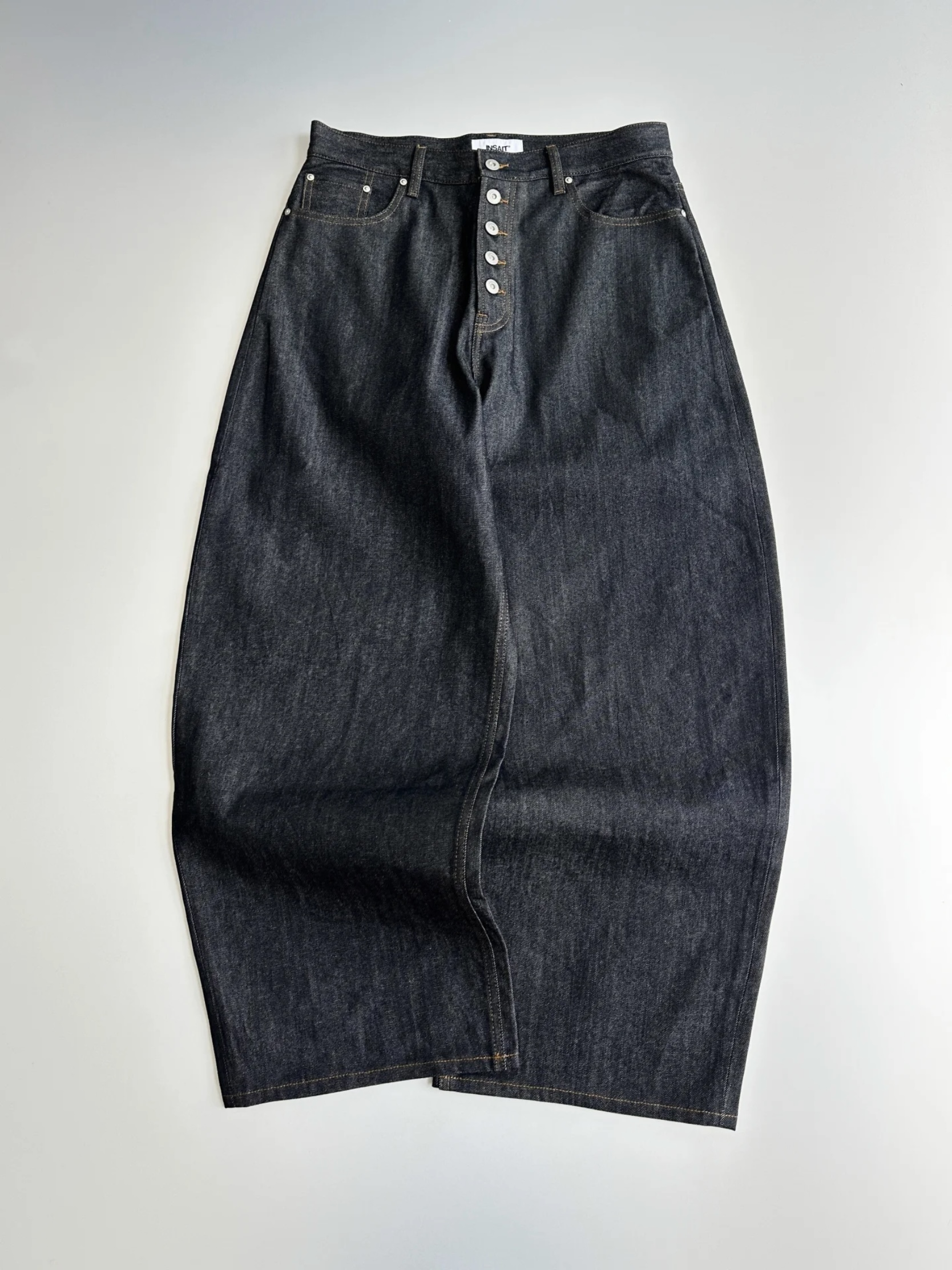
Необработанный деним -
Предварительно выстиранный деним: Этот деним прошел промышленную стирку (стирку с камнями, ферментную стирку и т. д.) до продается. Этот процесс:
-
Удаляет излишки красителя.
-
Смягчает ткань.
-
Создает потертый вид и равномерный цвет.
-
Значительно снижает выцветание в будущем. Пока все окрашенные ткани могут слегка выцветать при длительном воздействии солнца и многократной интенсивной стирке, предварительно выстиранный деним специально разработан, чтобы быть цветостойким и сохранять относительно стабильный внешний вид. Вы не получите драматических, высококонтрастных выцветающих узоров, которые можно увидеть в необработанный деним.

-
Ключевое отличие: Необработанный деним - это имел в виду выцветать резко и лично. Предварительно выстиранный деним обработанный чтобы свести к минимуму дальнейшее выцветание и обеспечить равномерный, поношенный вид с первого дня.
В чем разница между денимом и не-денимом?
Разрыв заключается в структура переплетения, крашение пряжи и ее применение:
| Особенность | Деним | Не джинсовая ткань (например, шамбре) |
|---|---|---|
| Плетение | 3×1 правая саржа (диагональные рубчики) | Полотняное переплетение (перекрещенные основа/уток) |
| Окрашивание пряжи | Окрашенная основа (синяя/черная), белый уток | Основа/уток одного цвета (двусторонний) |
| Выцветание | Высококонтрастная «потеря цвета» | Минимальное выцветание; стойкость цвета |
| Текстура | Грубый, жесткий |
К не-дениму относятся такие ткани, как вельвет, фланель или трикотаж, в которых отсутствует характерная для денима саржа и окрашивание в цвет индиго.
Какое сырье необходимо для изготовления джинсов?
Основным необходимым сырьем являются:
-
Джинсовая ткань: Основной материал, сотканный из:
-
Хлопковая пряжа: Подавляющее большинство денима изготавливается на основе хлопка. Длинноволокнистый хлопок (типа пима или египетский) ценится за прочность и гладкость. Сюда входят:
-
Пряжа основы: Окрашенный (традиционно в цвет индиго или серно-черный).
-
Уточная пряжа: Обычно неокрашенный (белый или экрю).
-
-
(Необязательно) Эластичная пряжа: Эластан (спандекс/лайкра) часто смешивают в небольших количествах (1-3%) с хлопковой пряжей, особенно в утке, для придания комфорта и гибкости («эластичный деним»).

ткань-Плетение
-
-
Нить: Для шитья используется прочная полиэстеровая или хлопковая/полиэстеровая нить, поскольку она прочная и долговечная. Также распространена контрастная нить для отстрочки (часто золотая или оранжевая).
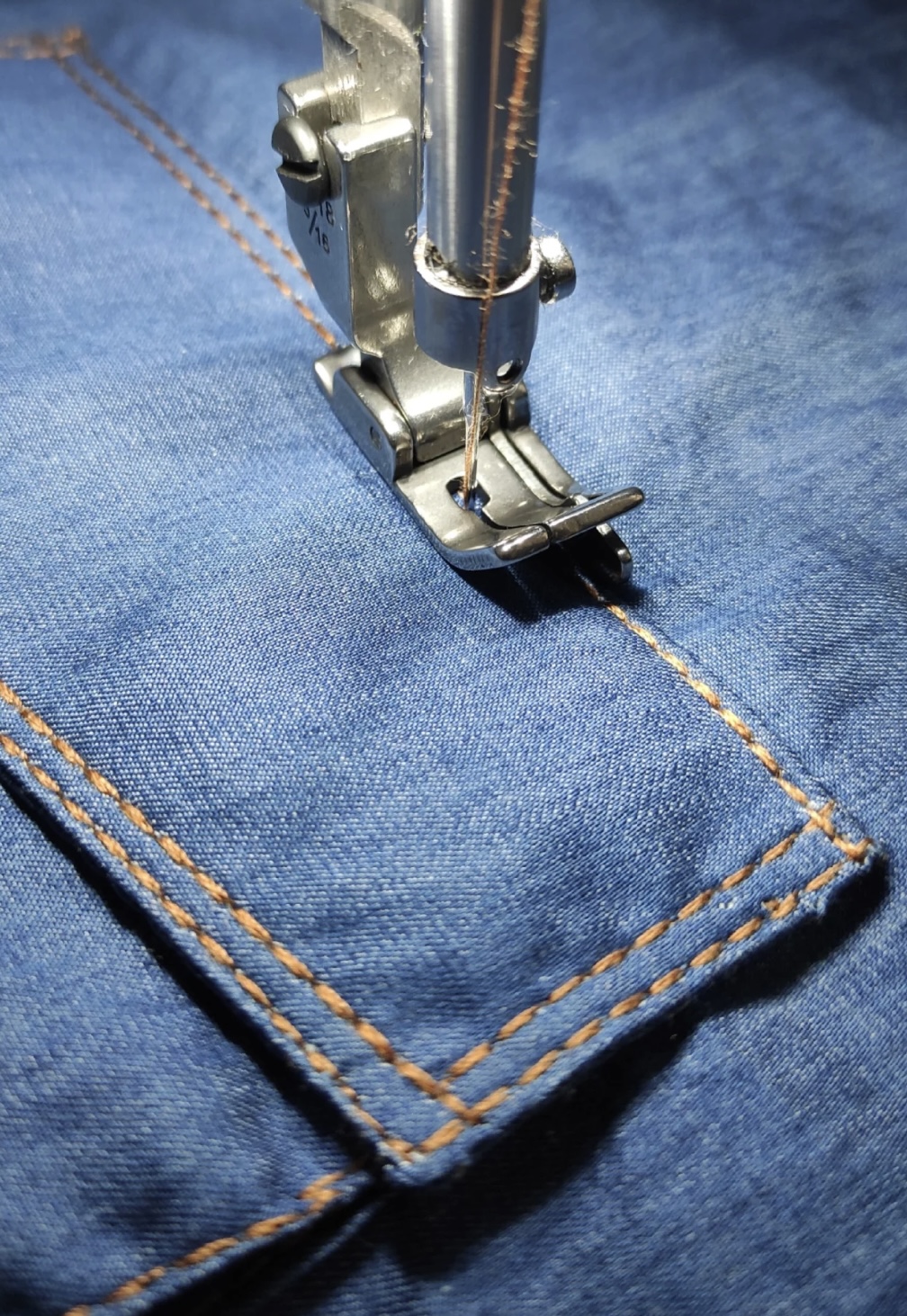
Нить
-
Красители:
-
Краситель индиго: Для классического синего денима (наносится несколькими слоями на нити основы).

Окрашивание
-
Красители на основе серы: Обычно используется для черного денима и других цветов, таких как коричневый, серый, зеленый и т. д. (применяется к нитям основы).
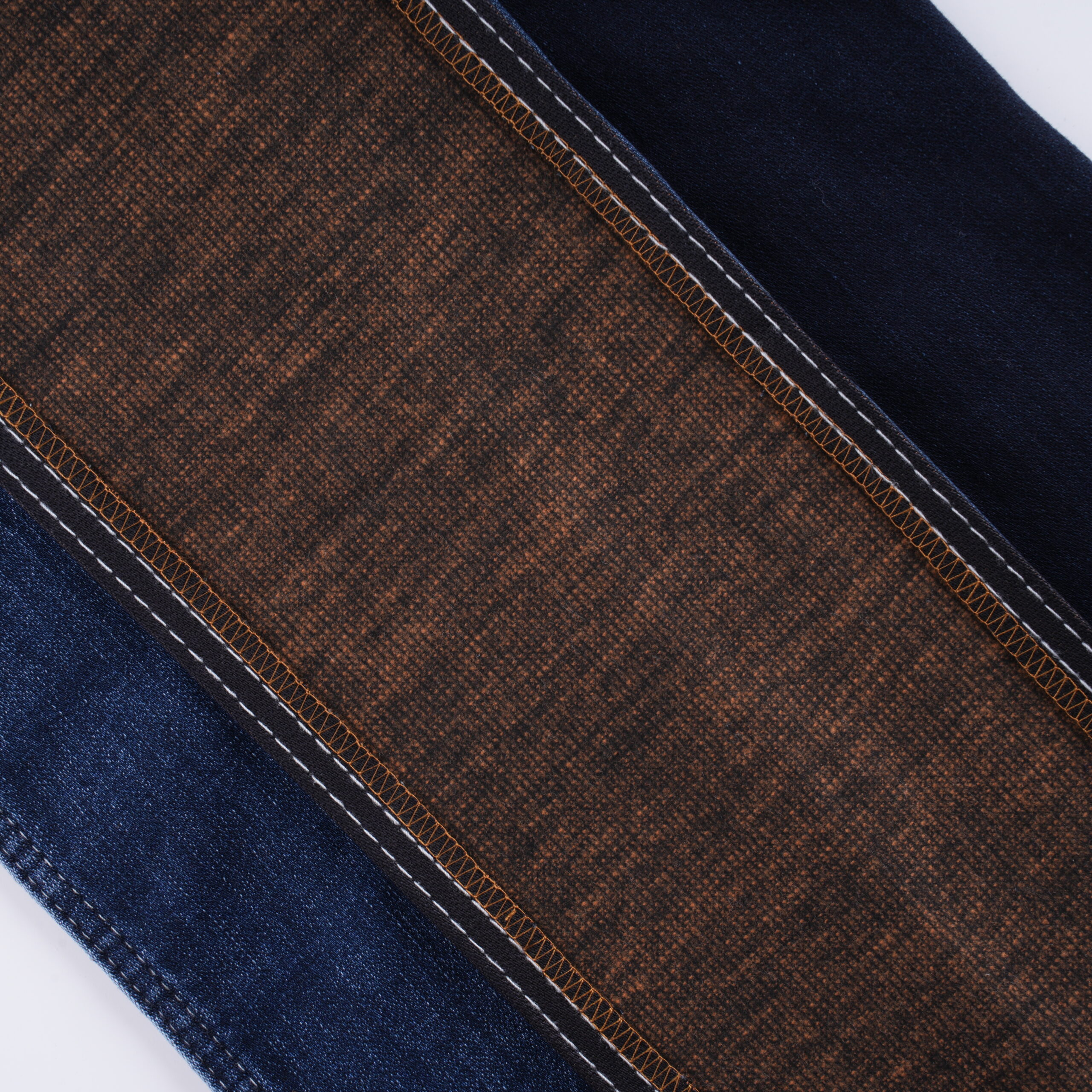
-
Реактивные красители/пигменты: Иногда используется для поштучного крашения после ткачества или для достижения особых эффектов.
-
-
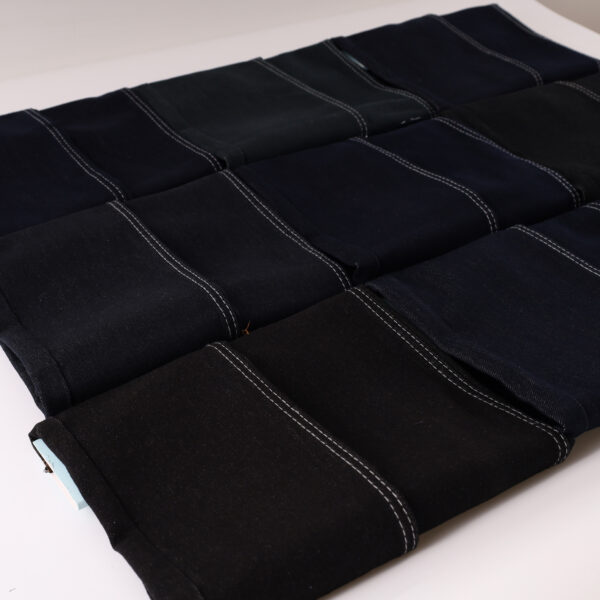 Фурнитура (отделка/фурнитура):
Фурнитура (отделка/фурнитура):-
Кнопки: Обычно металл (латунь, медь, сталь), часто клейменный.
-
Заклепки: Металл (медь, латунь) используется в местах наибольшей нагрузки (углы карманов, основание мушки).
-
Молния: Металл или пластик для мушки.
-
Метка(и): Тканая или кожаная нашивка, этикетки с размерами и указаниями по уходу.
-
Карманные сумки: Обычно изготавливается из более легкой хлопчатобумажной или смесовой ткани из хлопка и полиэстера.
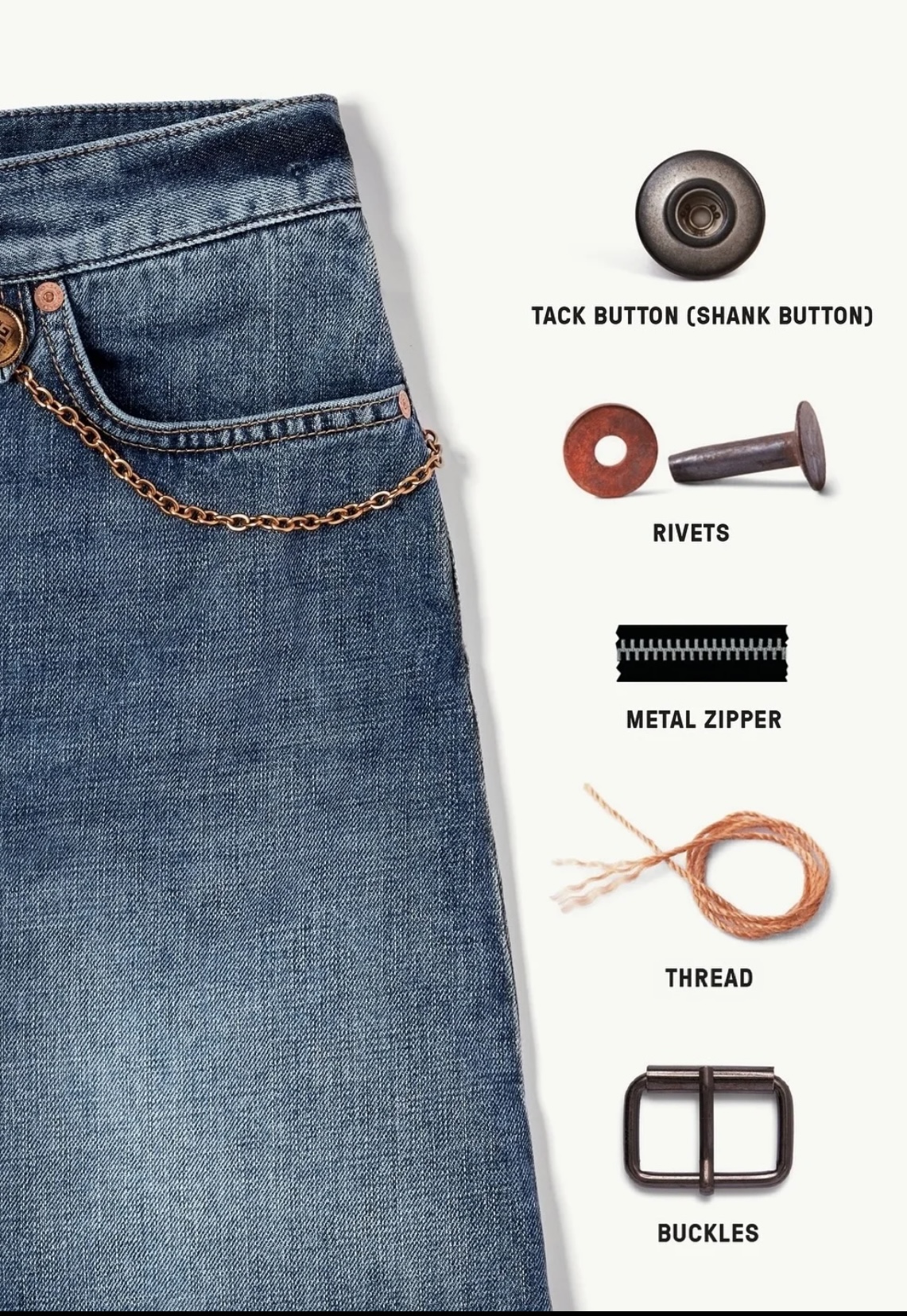
Аппаратное обеспечение
-
-
(Неявно) Вода и химикаты: Широко используется в процессах крашения, стирки (для предварительно выстиранных джинсов) и отделки.
Заключение: наследие и будущее денима
Происходит от французской парусины (Серж де Ним) для глобальной индустрии $90B, деним олицетворяет долговечность и бунтарство. Черный деним знаменует собой культурный сдвиг в 1950-х годах, превратив рабочую одежду в символ крутизны. Сегодня устойчивое развитие стимулирует инновации — бактериальные красители и циклическое производство обещают экологичную эволюцию. Тем не менее, основная привлекательность остается: деним адаптируется, выцветает и выдерживает испытание временем, как никакая другая ткань.
Услуги по настройке от LYDENIM
🎨 Хочу джинсовые ткани на заказ или уникальный индивидуальная джинсовая одежда? Компания LYDENIM специализируется на индивидуальных решениях, отвечающих вашим потребностям в проектировании и производстве.
🛍️ Исследуйте и вдохновляйтесь: Просмотрите наш выбор тканей и найдите идеи дизайна LYDenim.
🌐 Эластичная одежда: Ознакомьтесь с нашими предложениями на МойAlibaba. 📩 Связаться с нами: Обратитесь по адресу malone@lydenim.com.
Создайте свой шедевр из денима с LYDENIM — вашим надежным партнером эластичная ткань и индивидуальные решения для джинсовой ткани.
